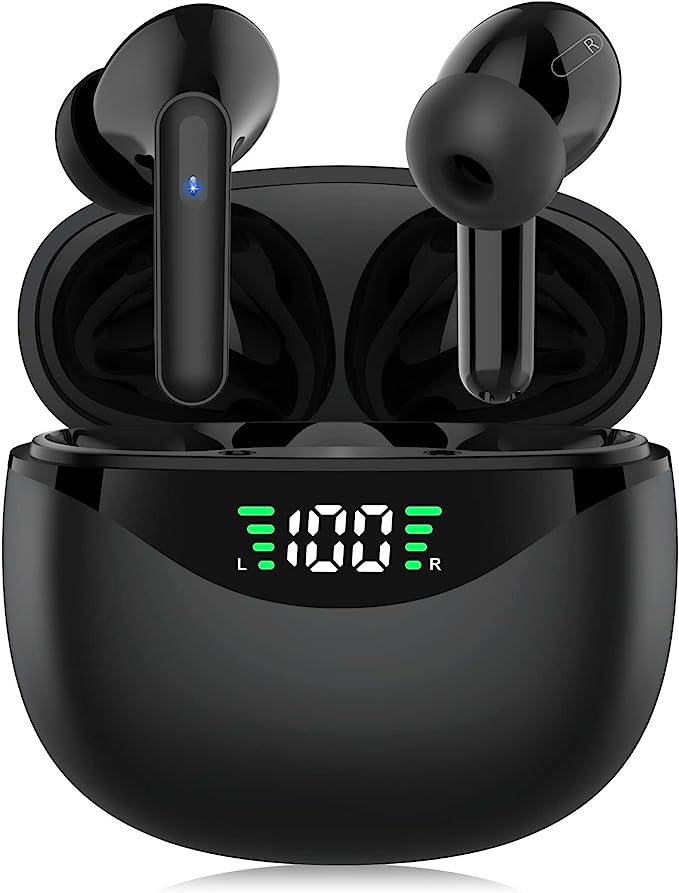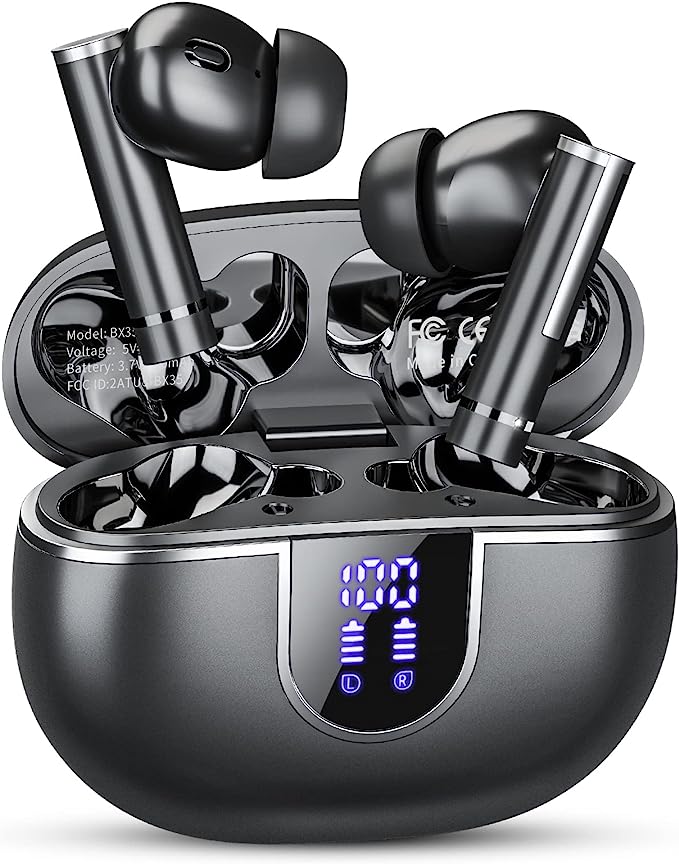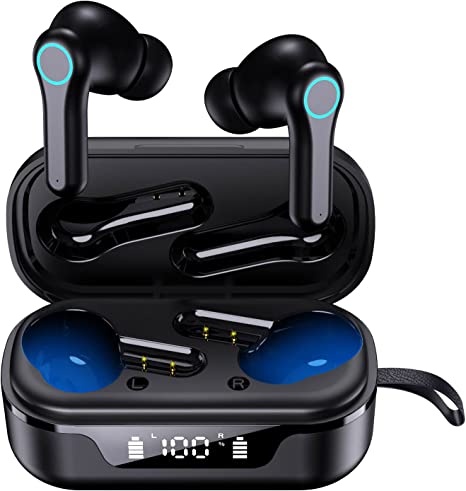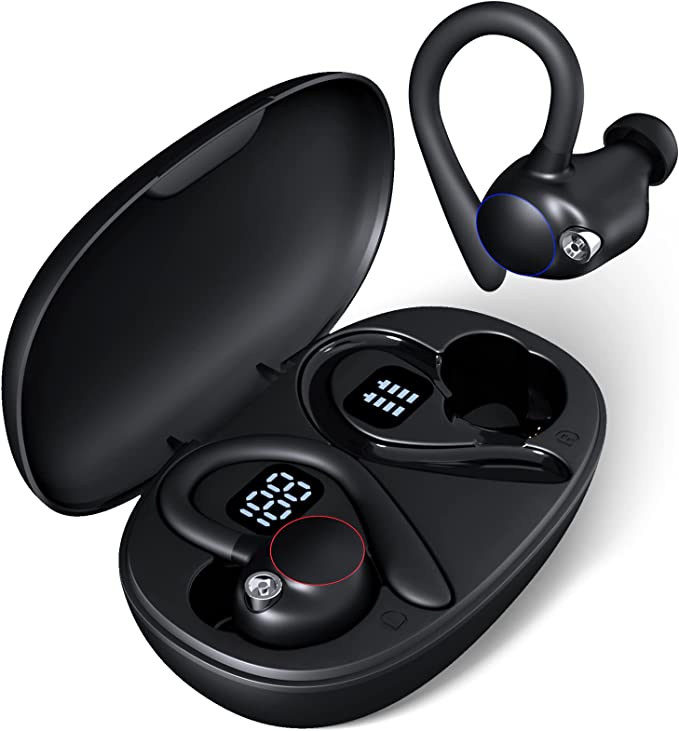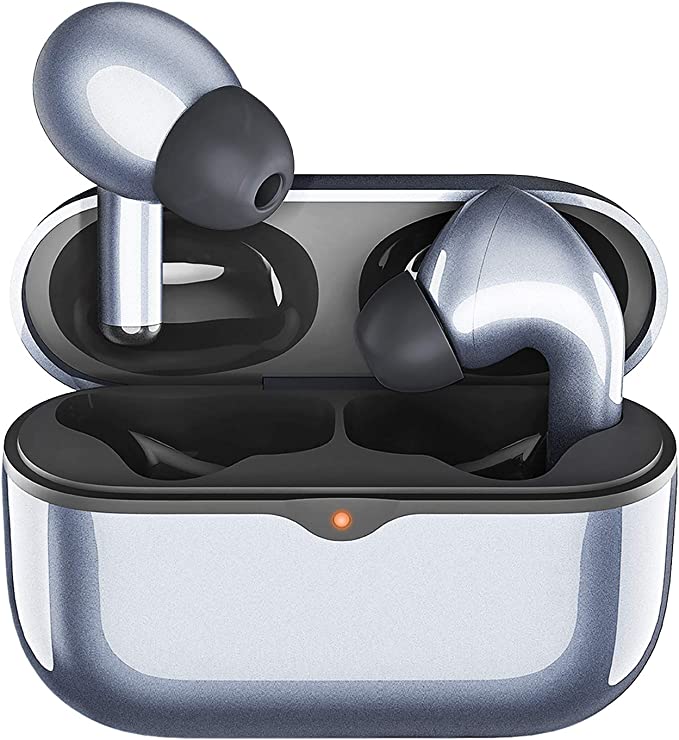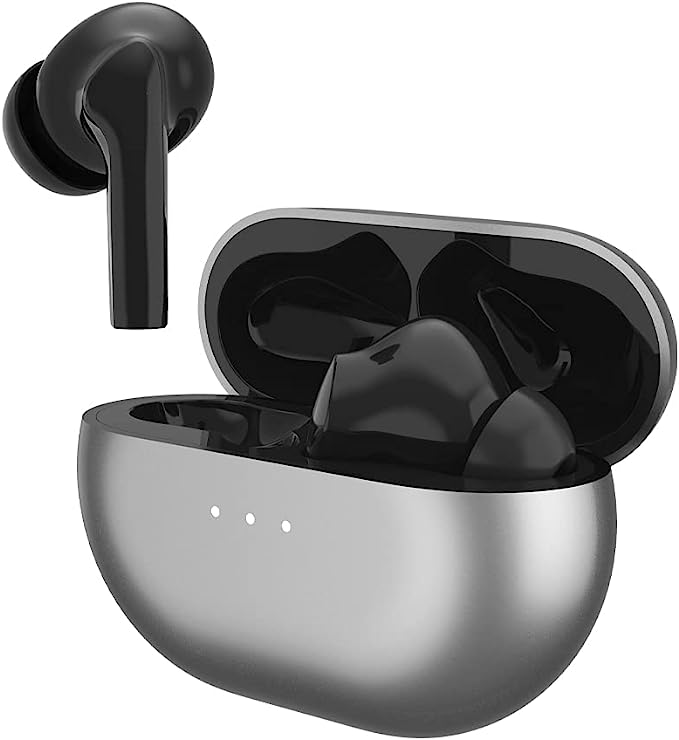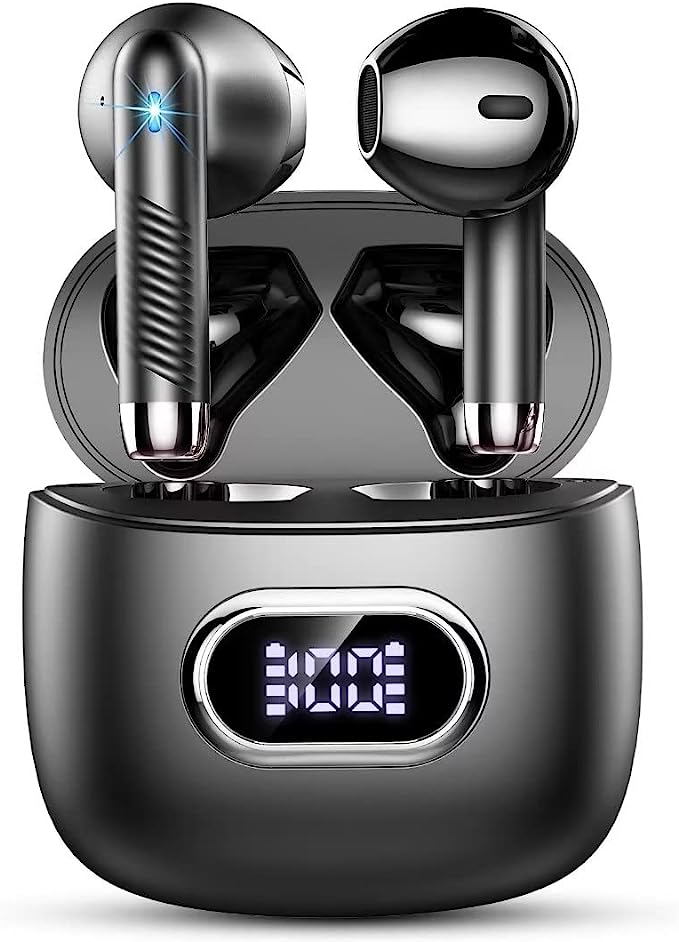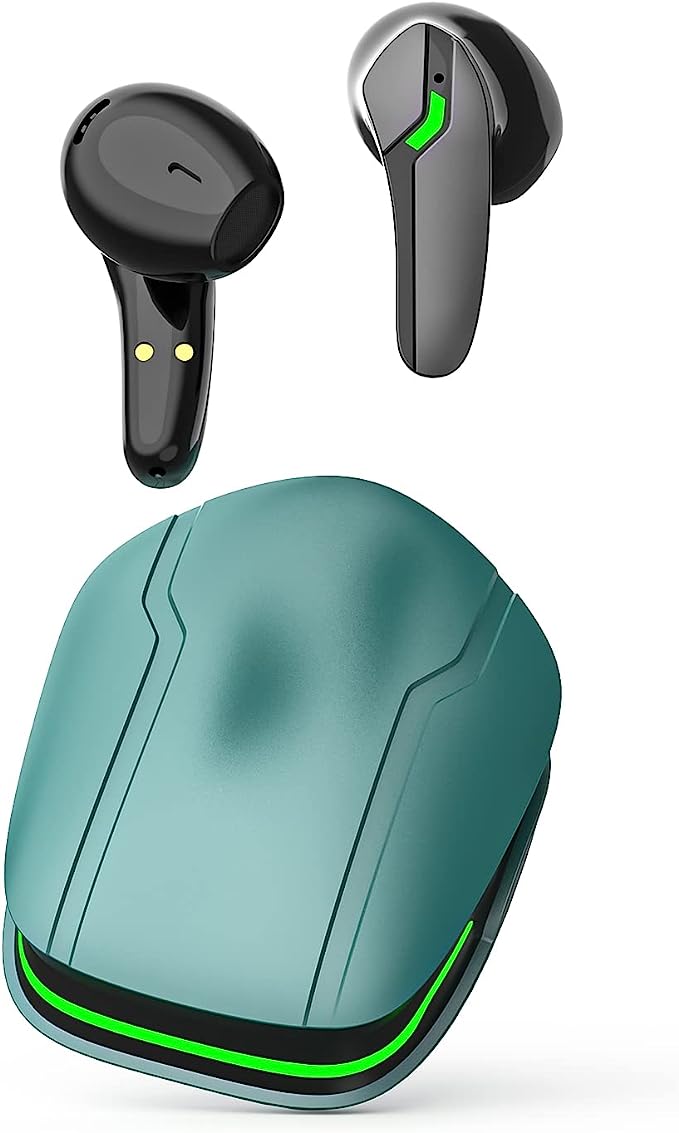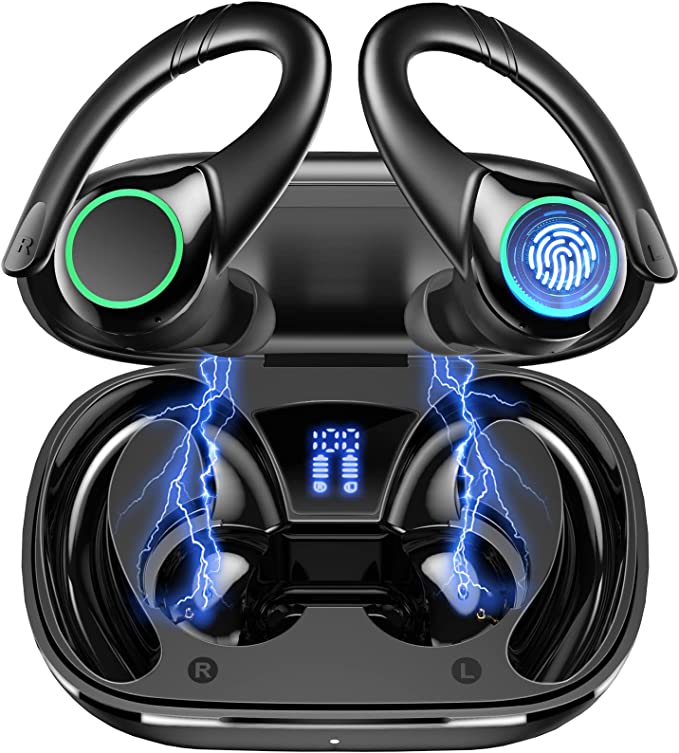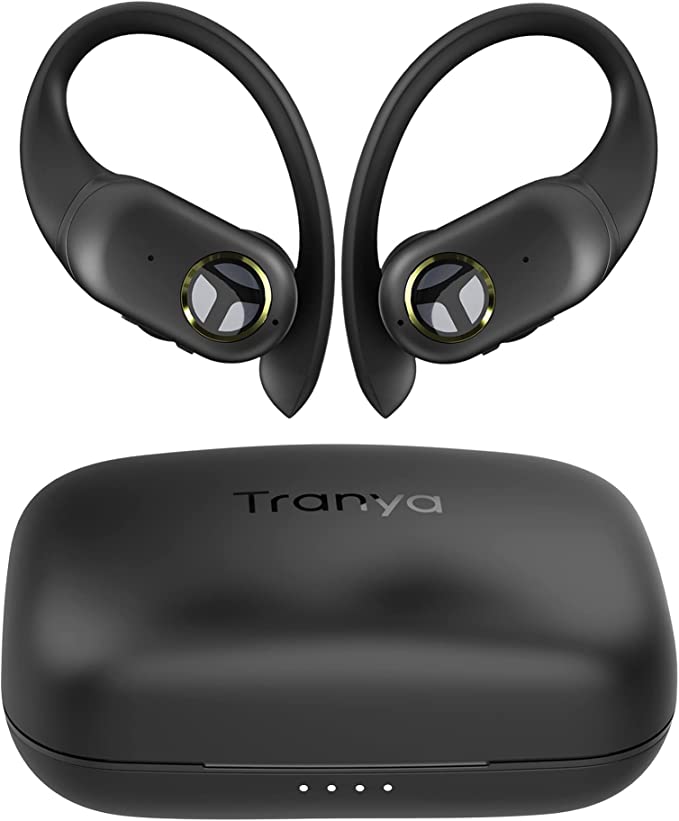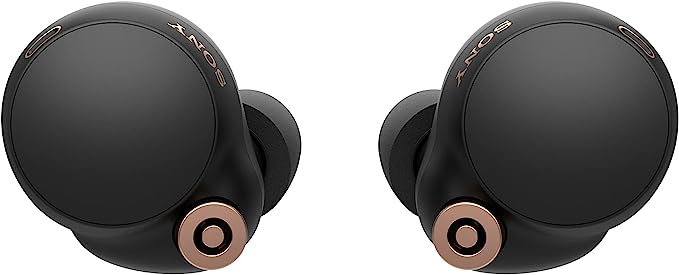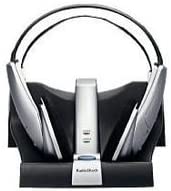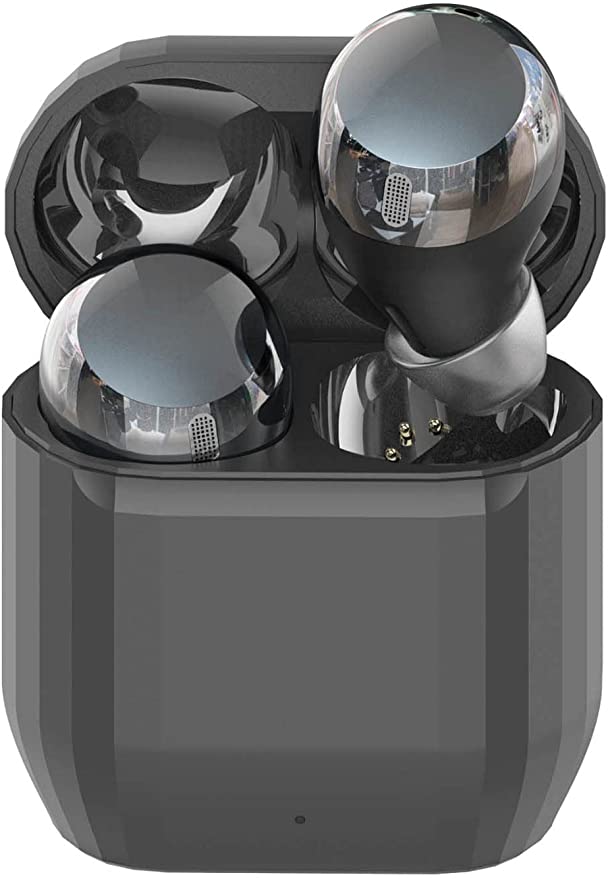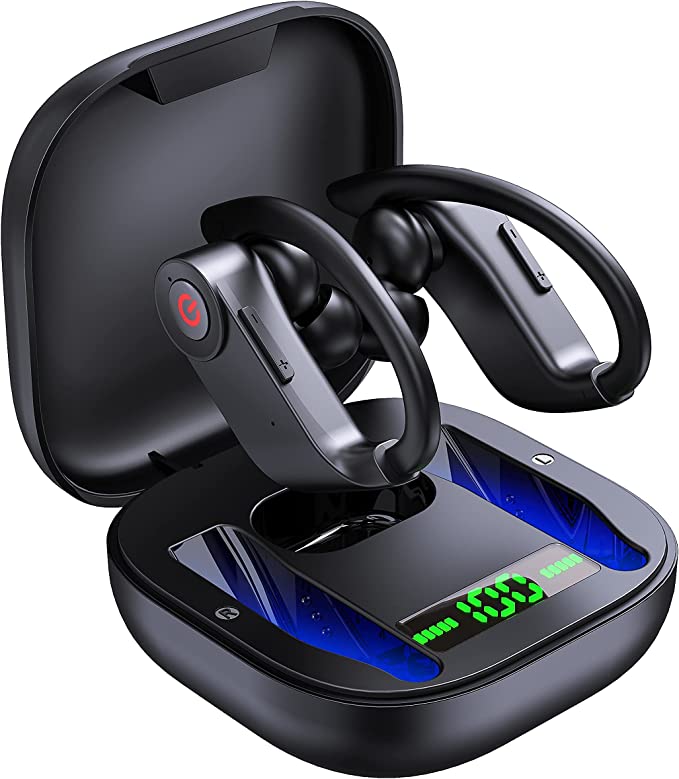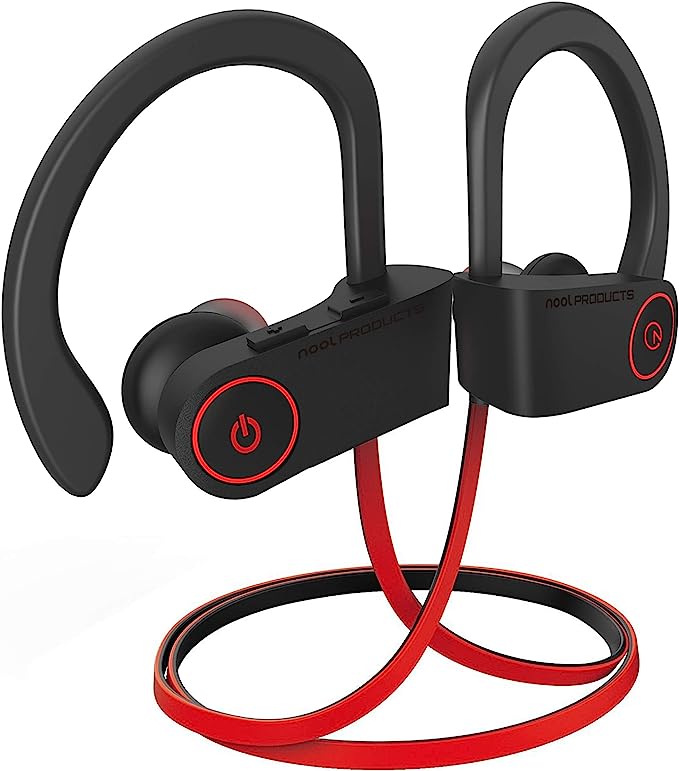JBL Tune 110BT Wireless Earbuds: A Budget-Friendly Introduction to Great Sound
Update on June 20, 2025, 8:54 a.m.
That first press of the “play” button—it’s a simple act, yet it can transform a mundane commute into a cinematic journey, a quiet evening into a private concert, or a strenuous workout into an energizing escape. Often, this gateway to immersive audio is a pair of unassuming wireless earbuds, like the JBL Tune 110BT. Tucked into our ears, they deliver a world of sound. But have you ever paused to consider the intricate science and thoughtful engineering humming away within these compact companions? Let’s peel back the layers and embark on an audio adventure, exploring the fascinating technology that brings your music, podcasts, and calls to life, wirelessly and wonderfully.

The Wireless Whisper: Bluetooth’s Invisible Threads
The most immediate liberation the JBL Tune 110BT offers is freedom from wires. No more frustrating snags on door handles, no more untangling knotted cords from your bag – just the pure, unadulterated convenience of wireless sound. This everyday magic is orchestrated by Bluetooth technology. Conceived in the late 20th century and poetically named after Harald “Bluetooth” Gormsson, a 10th-century Danish king famed for uniting disparate Danish tribes, Bluetooth today unites our myriad electronic devices.
At its core, Bluetooth is a short-range wireless communication standard that uses UHF radio waves, typically in the 2.4 GHz band, to transmit data. When you “pair” your Tune 110BT with your smartphone, a sophisticated digital handshake occurs. The devices identify each other, establish a secure connection, and create a personal area network. Once connected, your audio is converted into digital packets and whisked through the air as radio signals. To maintain a clear and stable connection, Bluetooth employs a clever technique called frequency-hopping spread spectrum. It rapidly switches between dozens of frequencies within its designated band, deftly avoiding interference from other wireless devices like Wi-Fi routers or microwave ovens. For you, the Tune 110BT user, this translates into the delightful ability to leave your phone on the counter while you dance in the kitchen, or keep it tucked away in your backpack while you navigate a busy street, all while your personal soundtrack plays on, uninterrupted. It’s a low-power, remarkably reliable system that has become an indispensable part of modern life.

Decoding the Groove: The Science Behind JBL Pure Bass Sound
JBL prominently highlights its “Pure Bass Sound” as a key feature of the Tune 110BT. But what is bass, scientifically speaking, and how do these small earbuds deliver it with impact? Bass refers to the lower end of the audible frequency spectrum, typically sounds ranging from 20 Hz to about 250 Hz. These are the frequencies that provide music with its warmth, depth, and often, its physical punch – the thrum you feel in your chest at a live concert.
Inside each Tune 110BT earbud lies a dynamic driver, the miniature engine responsible for converting electrical audio signals back into the sound waves we hear. Think of it as a perfectly scaled-down version of a traditional loudspeaker. It consists of a few key components: a lightweight diaphragm (a cone- or dome-shaped membrane), a voice coil (a coil of fine wire attached to the diaphragm), and a permanent magnet. When an electrical audio signal from your phone flows through the voice coil, it creates a fluctuating magnetic field. This field interacts with the field of the permanent magnet, causing the voice coil and the attached diaphragm to vibrate rapidly back and forth. These vibrations push and pull the air, creating pressure waves – sound waves – that travel to your eardrums.
Crafting “Pure Bass Sound” is where art meets science. It’s not just about making loud, rumbly noises. True quality bass is articulate, controlled, and well-integrated with the rest of the audio spectrum. For the Tune 110BT, JBL’s engineers would have meticulously tuned these dynamic drivers. This involves optimizing the diaphragm’s material and shape for good low-frequency response, designing the earbud’s internal acoustic chamber to enhance certain bass characteristics, and potentially employing digital signal processing (DSP) on the source device to shape the sound. The goal is likely to achieve a bass that is both deep and impactful, as JBL claims, without becoming “boomy” or overshadowing the clarity of vocals (mid-frequencies) and the sparkle of high notes (treble).
The technical specifications offer further clues: * Frequency Response (20Hz - 20kHz): This is a crucial indicator. The human ear, at its peak, can perceive sounds from roughly 20 Hertz (the deep rumble of a pipe organ’s lowest note) to 20,000 Hertz (the very high-pitched shimmer of cymbals). A pair of headphones claiming this full range, like the Tune 110BT, aims to reproduce the entire audible spectrum faithfully. This means the “Pure Bass” has a solid foundation to build upon, and it won’t come at the expense of the other essential parts of your music. * Sensitivity (96 dB): Sensitivity, measured in decibels (dB) per milliwatt (mW) or per Volt (V), tells us how efficiently the headphones convert electrical power into sound pressure (loudness). A sensitivity of 96 dB is quite good for in-ear headphones. It means they don’t require a lot of power to reach a satisfying listening volume. Your smartphone’s modest headphone output will be more than capable of driving them effectively. * Impedance (32 Ohm): Impedance is a measure of the electrical resistance the headphones present to the audio source. A lower impedance, like 32 Ohms, is typical for headphones designed for portable devices. It means they are an “easy load” for your phone or music player, allowing these devices to deliver sufficient current for robust sound reproduction without straining their internal amplifiers.
So, when JBL talks about “Pure Bass Sound,” it’s a culmination of driver design, acoustic tuning, and ensuring these elements work harmoniously within the broader spectrum of sound, all while being efficiently powered by your everyday devices.

Powering Your Playlist: The Energetic Heart of the Tune 110BT
All this wireless convenience and rich sound needs a power source, and in the world of portable electronics, the reigning champion is the Lithium-Ion (Li-ion) battery. While the specific chemistry isn’t detailed, it’s the most probable technology packed into the Tune 110BT’s compact frame. Li-ion batteries are favored for their high energy density – meaning they can store a lot of energy in a small, lightweight package – and their ability to be recharged hundreds of times.
Inside a Li-ion battery, a fascinating electrochemical dance takes place. During discharge (when you’re listening to music), lithium ions travel from the negative electrode (anode) through an electrolyte to the positive electrode (cathode), releasing electrons that power the headphones’ circuitry. When you recharge, an external current forces those lithium ions back to the anode, ready for the next listening session.
The JBL Tune 110BT boasts a 6-hour playtime on a single charge. For many, this is ample power to cover a day’s worth of typical usage: the morning and evening commute, a focused work session with background music, an hour at the gym, or several phone calls. When it’s time to refuel, a 2-hour recharge via the included Micro USB cable brings them back to full capacity. This relatively quick turnaround minimizes downtime, ensuring your audio companion is ready when you are. While all rechargeable batteries gradually lose some capacity over their lifespan (a phenomenon known as cycle life degradation), you can generally help prolong their health by avoiding frequent deep discharges to 0% and protecting them from extreme temperatures.
Crafted for Comfort, Designed for Life: The Ergonomic Details
Beyond the auditory experience and battery endurance, the physical design of headphones plays a critical role in their everyday usability and enjoyment. The JBL Tune 110BT incorporates several thoughtful ergonomic features:
- The In-Ear Advantage: As “In Ear” headphones, the Tune 110BT are designed to sit snugly within the ear canal, typically using soft silicone eartips. This design offers a couple of key benefits. Firstly, it creates a degree of passive noise isolation. By forming a seal, the eartips physically block out a portion of ambient noise, much like gentle earplugs. This allows you to immerse yourself more fully in your audio without having to crank up the volume to overcome external sounds – a boon for both listening pleasure and hearing health. Secondly, the sound is delivered more directly towards your eardrum, which can enhance clarity and the perception of bass. The choice of eartip size is crucial here; the Tune 110BT typically comes with multiple sizes to help you find that perfect, comfortable seal.
- Lightweight for Longevity (18.14 Grams): At just over 18 grams, these headphones are exceptionally light. This is paramount for long-term comfort. Heavy or poorly balanced earbuds can cause ear fatigue or discomfort over extended listening periods. The Tune 110BT aims for a “wear-and-forget” experience, allowing you to enjoy hours of audio without being constantly reminded of their presence.
- The Flat Cable Philosophy: No More Tangle Tussles! One of the most common frustrations with wired earbuds is the inevitable tangled mess they become in a pocket or bag. The Tune 110BT addresses this with a tangle-free flat cable. The physics here is straightforward: flat, ribbon-like cables have a natural tendency to lie flat and resist twisting upon themselves, unlike round cables which can easily coil and knot in complex ways. This small but significant design choice saves you precious moments of detangling and adds to the overall user-friendliness.
- The Satisfying Click: Magnetic Cable Management. Another neat touch is the inclusion of magnets in the earbuds themselves. When you’re not listening, you can simply click the two earbuds together around your neck. This prevents them from dangling, swinging, or getting lost, and keeps them readily accessible for your next audio session. It’s a simple application of magnetism that provides a surprising amount of daily convenience.
- Clear Conversations: The Humble Microphone and Remote. Integrated into the cable is a 3-button remote with a microphone. This unassuming module is your command center on the go. The buttons typically allow you to play or pause music, skip tracks, adjust volume, and answer or end phone calls, all without needing to pull your phone out of your pocket. The built-in microphone uses basic electret condenser technology to convert the sound waves of your voice into an electrical signal, enabling clear hands-free conversations.
These ergonomic details, though perhaps less flashy than raw audio specs, are vital to how well a pair of headphones integrates into the rhythm of daily life. They represent a commitment to user experience, ensuring the technology is not just functional, but also a pleasure to use.
The Echo of Expertise: JBL’s Sonic Heritage
When you see the JBL logo on a product like the Tune 110BT, you’re not just getting a pair of headphones; you’re tapping into a rich legacy of audio innovation that stretches back over 75 years. Founded by James Bullough Lansing, JBL has been a pivotal name in professional sound reproduction. Their loudspeakers have powered legendary music festivals like Woodstock, filled countless cinemas with immersive sound, and served as trusted monitors in recording studios worldwide where iconic albums were born.
This deep-rooted expertise in crafting sound for the most demanding environments inevitably influences their consumer audio products. The research and development that goes into designing a massive concert line array or a precision studio monitor yields fundamental insights into acoustics, driver technology, and material science. While the scale and specific application differ, the core principles of achieving clear, accurate, and engaging sound remain. This “trickle-down” effect means that even in an accessibly priced model like the Tune 110BT, you’re benefiting from decades of accumulated knowledge in how to make things sound good. JBL’s philosophy often seems to be about democratizing quality audio – making that concert-hall clarity or studio precision, in a suitably adapted form, available for everyday enjoyment.

Conclusion: Your Everyday Science-Packed Sound
The JBL Tune 110BT in-Ear Wireless Headphones, at first glance, might seem like just another convenient gadget. Yet, as we’ve explored, they are a microcosm of fascinating scientific principles and clever engineering. From the invisible dance of radio waves in Bluetooth transmission and the precise mechanics of dynamic drivers crafting “Pure Bass Sound,” to the electrochemical reactions powering your playlist and the ergonomic considerations ensuring all-day comfort, these earbuds are a testament to how much ingenuity can be packed into a small, affordable package.
Understanding the science behind your everyday tech doesn’t just demystify it; it enriches your appreciation for it. It allows you to see the thoughtful design choices, the careful balancing of performance and practicality, and the culmination of years of research that lead to the seamless experiences we often take for granted. The simple joy of personal audio – untethered, clear, and rich – is a small but significant marvel of modern science, always ready to accompany you, powered by principles that shape our world in ways both seen and unseen. So, the next time you pop in your Tune 110BTs, take a moment to appreciate the symphony of science serenading your ears.

